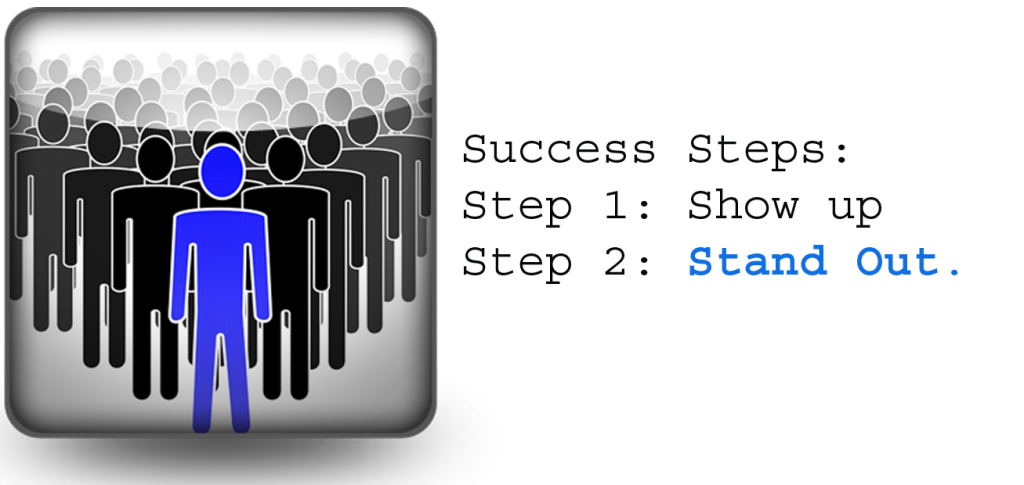On Thursday June 28, 2012 at 10 AM EST, the Supreme Court of the United States (SCOTUS) made its landmark ruling in the Affordable Care Act (ACA).
Volumes have been written and more is to come on the historic 5-4 decision. To view the full text of the decision click this link: SCOTUS ACA Ruling 06 28 2012
The decision of the Court was that while Congress does not have the right to compel an individual into Commerce, Congress does have the power to enact the Individual Mandate under the expansive powers of taxation granted to it by the Constitution. Since the penalty imposed for not having insurance under the Individual Mandate was deemed a tax, it was allowed to stand. As the mandate was upheld, so was the law overall with one exception.
“The Court’s decision on the constitutionality of the Medicaid expansion is divided and complicated. The bottom line is that: (1) Congress acted constitutionally in offering states funds to expand coverage to millions of new individuals; (2) So states can agree to expand coverage in exchange for those new funds; (3) If the state accepts the expansion funds, it must obey by the new rules and expand coverage; (4) but a state can refuse to participate in the expansion without losing all of its Medicaid funds; instead the state will have the option of continue the its current, unexpanded plan as is.” (Kevin Russell – SCOTUS Blog)
With this exception, the ACA was upheld and will continue to be implemented. The court specifically did not rule that the ACA was good public policy or bad. That the Justices left to the politicians.
President Obama addressed the country from the White House later in the day following the ruling. To view a YouTube video of the President’s message, click here.
Republican Presidential Candidate Mitt Romney also shared his message from Washington today. Click here to view the CBS News video.
The pubic comments of our Arizona Congressional Delegations were posted on each of their member sites and were consolidated by the team at AZ Central. To see all of the comments, click here.
Our National Partners all weighed on today’s decision. Here are some excerpts from what they have shared:
Jim Greenwood, President and CEO of BIO
“BIO will continue to work with relevant federal and state agencies to ensure implementation of the law in a manner that helps enable the U.S. biotech community’s continued development of lifesaving cures and other medical breakthroughs while expanding patient access to these critical cures, medicines and innovations. We will work to ensure that biotech researchers can continue to address the diseases of today while conducting the research and investment required to develop the advanced medicines and cures of tomorrow.
We also will continue our work with U.S. Food and Drug Administration (FDA) to implement the bipartisan-backed biosimilars pathway that was enacted under the law. Specifically, we will advocate for implementation approaches that ensure patient safety, expand patient access and competition, and provide necessary and fair incentives that will help spur continued biomedical breakthroughs. FDA regulations and guidance must help today’s patients while enabling the biotech community to move into tomorrow with cures and continued breakthroughs so our children and grandchildren won’t have to live with the same diseases we have faced and, perhaps, one day, any diseases at all.
In addition, BIO will continue to support efforts to repeal the Independent Payment Advisory Board (IPAB), which threatens patient access to needed cures and medical breakthroughs.”
Stephen J. Ubl, AdvaMed President and CEO
“AdvaMed supported goals of health care reform consistent with our long-held principles.
We have consistently opposed the $29 billion medical device tax because of its damaging effects on economic competitiveness, jobs and the research and development needed to find tomorrow’s treatments and cures. The House has already voted to repeal the device tax, and we are heartened by the number of senators who have said they oppose the tax.
We will continue to work with policymakers on both sides of the aisle to achieve this goal.”
John J. Castellani, President and CEO, Pharmaceutical Research and Manufacturers of America (PhRMA)
“We respect the Court’s decision and recognize that there will be ongoing policy discussions about the future of health care in America, and about the impact of today’s decision on the health care law. We will work with Congress and the Administration on a bipartisan basis to address these important issues and will continue to advocate for an environment that fosters medical innovation and access to new medicines. We will also continue to work for necessary changes to the Affordable Care Act, such as the repeal of the Independent Payment Advisory Board (IPAB).”
So with the SCOTUS decision now one for the history books., what comes next?
Whether you are in the camp of “this is a great law” or “this is a not the right solution”, the work is far from over. As an industry there are still major questions that need to be addressed relative to IPAB, the Medical Device Tax and the millions of Americans that will fall into the Medicaid Gap between the 133% of poverty level and the level set by individual states should they elect not to follow the law’s original design as the High Court decision provides them the flexibility to do. With 60 votes need to invoke cloture in the U.S. Senate, it is unlikely many if any changes will occur until after the elections in November. As an industry we will need to work with Congress and with each other to address these and other lingering issues especially related to the projected future costs and how to meet them.
Of all the industries affected by today’s decisions, the bioscience industry has the greatest opportunity to make a lasting and positive impact on health and healthcare in the days and years to come. The work that we do does not just save, sustain, and improve lives. It also has the tremendous potential to reduce costs through early detection, disease management, and patient centered information and care.
As the politicians continue their work in Washington, our task is clear. Now is our time to take our discoveries and move them forward faster along the innovation path. When we do, we just might find that we can design and deliver a solution that works for the politicians, the payers, and the patients.
—- Joan Koerber-Walker, President and CEO, AZBio, The Arizona Bioindustry Association


